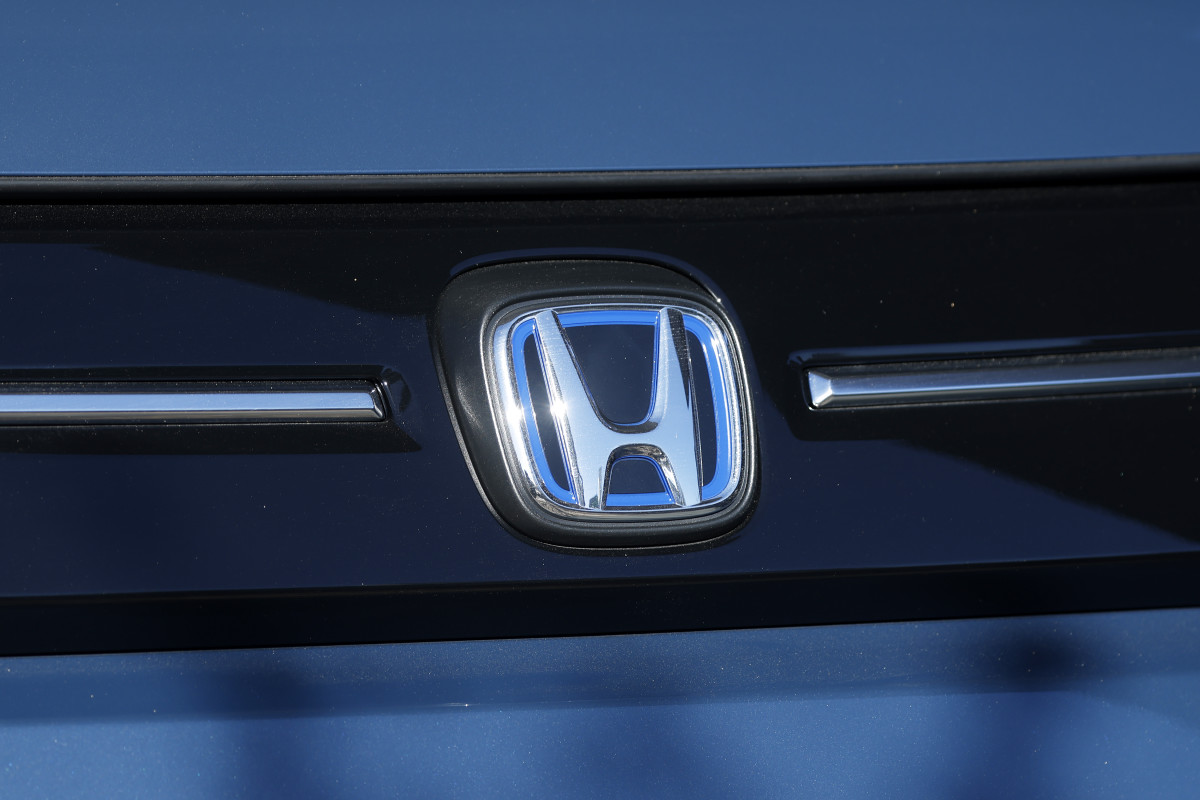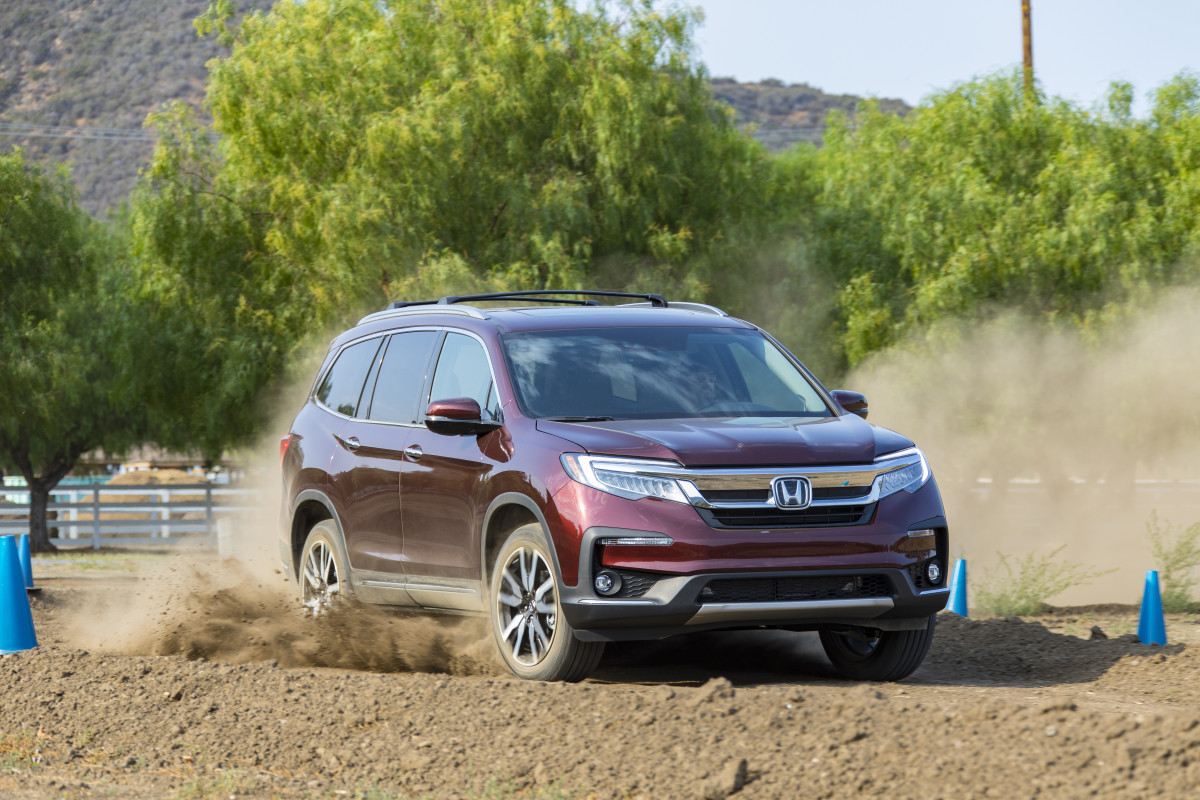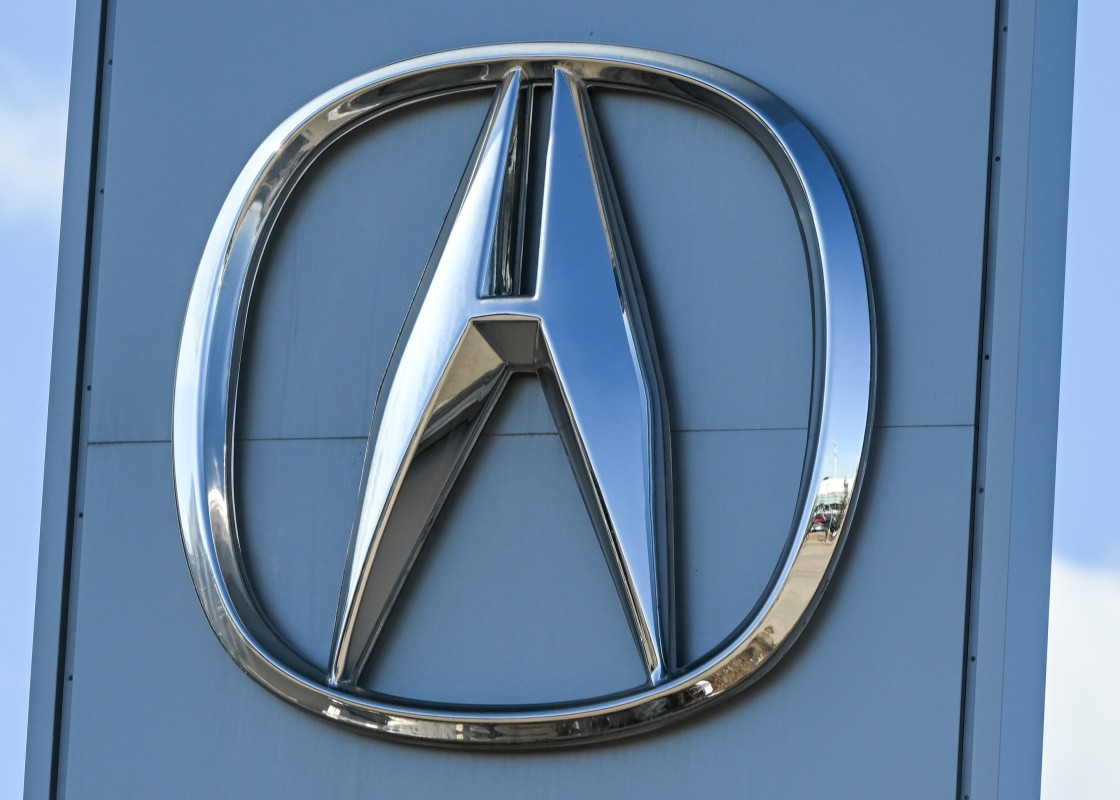Honda and Acura owners are experiencing more trouble
A slew of Honda and Acura models are under federal investigation due to reports of drivers’ automatic stop-start functions failing to restart after turning off. Affected owners have noted their engines as being unable to restart after coming to a complete stop at a traffic light or intersection while the feature is engaged. Some drivers added that their vehicle required a jumpstart to correct the claimed defect. The NHTSA’s (National Highway Traffic Safety Administration’s) investigation applies to certain 3.5-liter V-6 engine Hondas and Acuras paired with a nine-speed transmission. These models include the brands’ 2016-2019 Honda Pilot, 2015-2020 Acura TLX, 2016-2020 Acura MDX, 2019-2022 Honda Passport, and 2020-2023 Honda Ridgeline.

Getty
Honda and Acura have been receiving auto start-stop failure reports since June 2022, which began with 2016- 2019 MY Honda Pilots. In January 2023, Honda addressed the issue with service bulletins containing a repair outline consisting of a two-stage countermeasure. These stages included a Programmed Fuel Injection software update and the replacement of the starter assembly, starter relays, and a valve adjustment if the first stage didn’t resolve the problem. However, the Office of Defects Investigation (ODI) has continued to receive complaints of the start-stop issue from Honda and Acura drivers, with “many complainants alleging the campaign countermeasures had been completed,” according to the NHTSA’s filing.
The ODI has opened an engineering analysis to further evaluate the potential safety issue after receiving over 1,300 driver complaints. ODI officials acknowledged no fewer than four accidents caused by the auto start-stop problem—two of which resulted in injuries. The ODI has also received reports that the issue is causing fires. If the ODI’s investigation turns into an official recall, up to 2,209,466 Honda and Acura models could be affected. In the meantime, drivers of potentially impacted models can manually deactivate the auto start-stop system. Honda US has an extended 10-year/unlimited mileage warranty for affected vehicles that haven’t been repaired and didn’t benefit from the software update.

Getty
How effective are auto start-stop systems?
Auto start-stop systems are designed to reduce fuel consumption and emissions by shutting off a car when it’s stationary. According to Edmunds, engineers estimate potential fuel savings for a vehicle engaged in auto start-stop at 3-10% on average, with a peak rate of 12%. These figures would be equivalent to a car that usually gets 20 mpg in the city earning 22 or 23 mpg. Edmunds’ real-world tests reflected the engineers’ claims as accurate, but fuel savings took a significant hit with the air conditioning active on a hot day. Drivers are most likely to experience improved fuel economy via automatic start-stop in mild weather conditions. Optimizing automatic start-stop fuel savings also requires driving discipline, like resisting the impulse to creep up at a red traffic light if the car in front moves. A Honda spokesperson told The New York Post: “Honda has already been in communication with the agency on this [auto start-stop] topic and will continue to cooperate with NHTSA as the investigation continues.”

Getty
Final thoughts
While auto start-stop technology has good intentions, reactions from drivers are mixed, with some citing difficulty adjusting to the feature’s feel. Outside of Honda and Acura owner complaints, an auto start-stop feature often won’t activate under certain conditions, like frigid temperatures, when the engine or transmission hasn’t warmed up, and if the battery is weak or working hard to power other systems like climate control during cold weather. Auto-stop start technology generally has a required operating range of between 32°F and 86°F—so if you’d like to experience its benefits, it’s essential to understand the feature’s limitations.